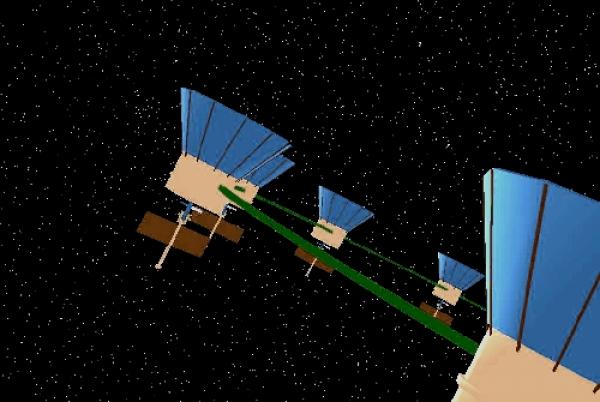BY LETTER
Hydroponics
Technology > Application > Agriculture
Technology > Application > Envirotech
Technology > Technology Levels > Middle Tech / Midtech
Technology > Technology Type or Material > Organic/Biotech
Technology > Application > Envirotech
Technology > Technology Levels > Middle Tech / Midtech
Technology > Technology Type or Material > Organic/Biotech
Soil-free plant cultivation | |
 Image from Steve Bowers | |
| This ring of agricultural stations, based on a design by Gerard K.O'Neill, collects sunlight in the conical mirror and reflects it onto the inside of the rotating drum; the light is used to grow crops on the inside of the drum using hydroponic or aeroponic systems | |
Hydroponics, like aeroponics, is a technique for growing plants without the use of soil. It has long been known that plants absorb nutrients as simple ions in water and that soil only acts as a reservoir for the nutrients and water. If the nutrient levels of a plant's water supply is artificially maintained and the water directly applied to its root system, then in principle soil is no longer required for the plant to thrive. In the hydroponic method, water is applied to the root system of the plant as a liquid and a number of techniques are used to deliver nutrients: aerated deep water, drip, ebb and flow, film, hydro-gel, passive, raft, wick. Some sources would include misting (aeroponics) in this list. Some of these methods are more energy intensive than others and require feedback controls for the best results, but once the optimum delivery method has been found for it, nearly any plant can be grown without what has traditionally been called 'soil.'
Related Articles
Appears in Topics
Development Notes
Text by AI Vin
Initially published on 25 April 2006.
Initially published on 25 April 2006.






